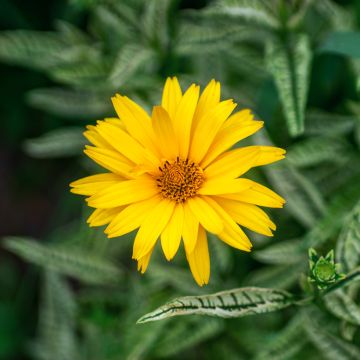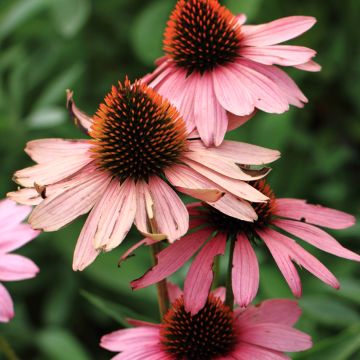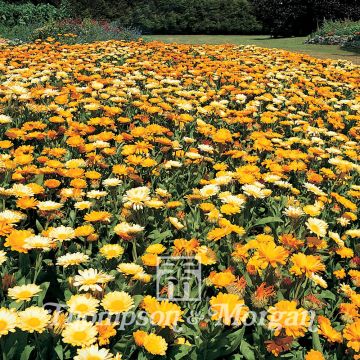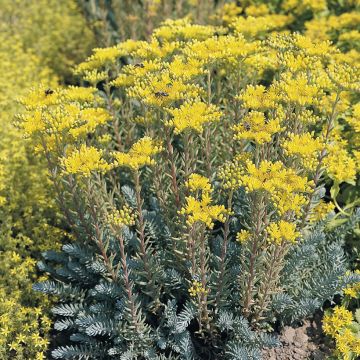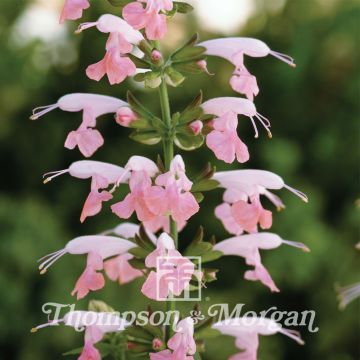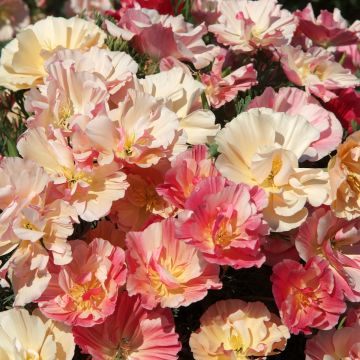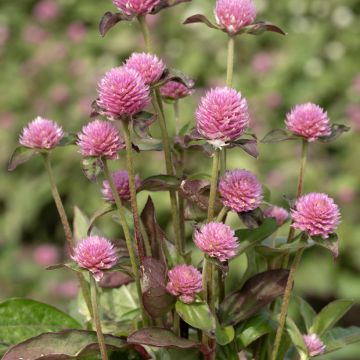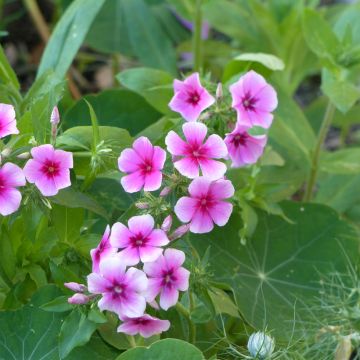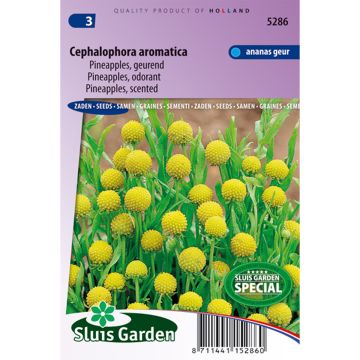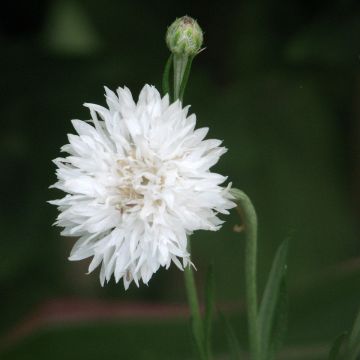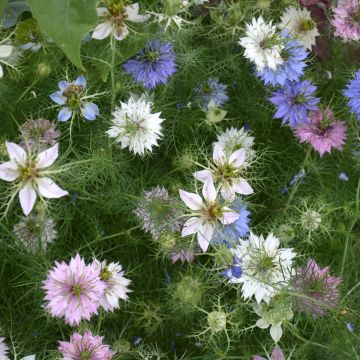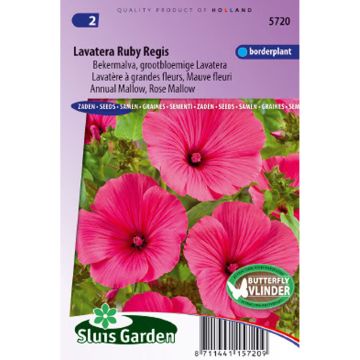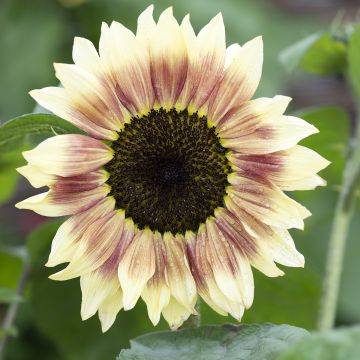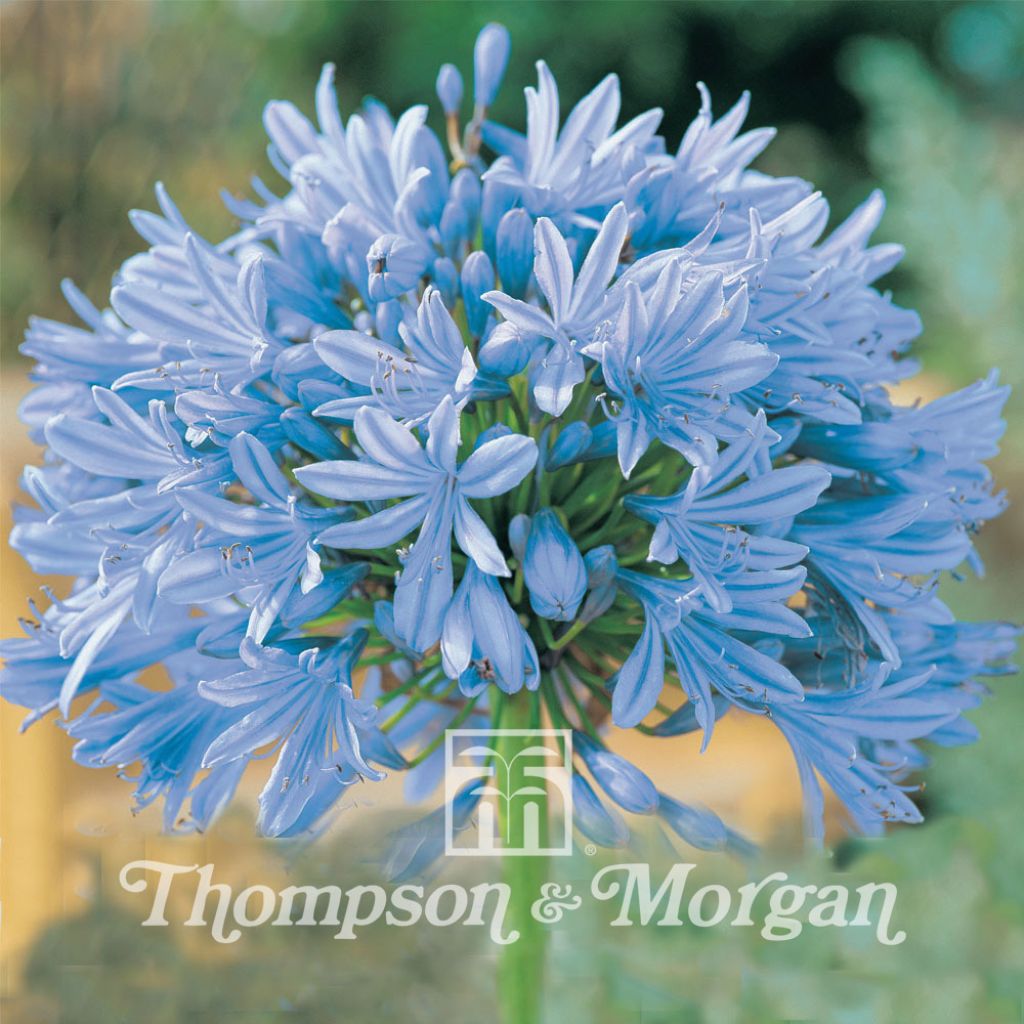

Agapanthus Headbourne hybrids - Lily of the Nile seeds
Agapanthus Headbourne hybrids - Lily of the Nile seeds
Agapanthus hybride Headbourne
African Lily, Lily of the Nile
Despite taking many precautions during sowing, no germination! Total failure.
Chantal, 08/11/2018
This plant carries a 6 months recovery warranty
More information
We guarantee the quality of our plants for a full growing cycle, and will replace at our expense any plant that fails to recover under normal climatic and planting conditions.
Seed-only orders are dispatched by sealed envelope. The delivery charge for seed-only orders is €3.90.
Does this plant fit my garden?
Set up your Plantfit profile →
Description
Agapanthus Headbourne hybrids is undoubtedly the most cold-resistant variety (to -15°C (5°F)), especially in well-drained soil. It opens its large umbels of intense blue in July/August, as early as the second year of cultivation, on a tuft of light green ribbon-like foliage that spreads over time. This undemanding plant with a very exotic appearance is ideal for giving a holiday and seaside touch to balconies, terraces, and flower beds. Its faded inflorescences remain decorative on the plants in winter. It must be grown in full sun, in rich, well-drained, moist to dry soil.
This vigorous and hardy hybrid agapanthus belongs to the lily family and descends from different species of South African origin, including the Agapanthus campanulatus, which is quite tall and native to the Natal province.
Plants from the Headbourne Hybrids mix develop from a short rhizome with fleshy roots. They form a dense tuft composed of short and wide light green ribbon-like, deciduous leaves. When in bloom, they easily reach a height of 80cm (32in) and a width of 60cm (24in), much more over time. In the heart of summer, solid floral stems appear, crowned with intense medium-blue, 12cm (5in) umbels of 20 to 50 flowers. This bulb is hardy down to about -15°C (5°F) with winter protection, but many specimens have endured even lower temperatures.
The Headbourne hybrid agapanthus is useful in the background of flower beds or to highlight the layout of pathways. It blends well with all types of decor, even the most modern, as long as they are bathed in sunlight. It can be placed in large pots on the terrace, in a pretty wide pot that will allow this plant to produce numerous floral stems. Growing in pots makes it easier to store during winter. It thrives by the seaside, in an English cottage, and even in a city garden. Cut and placed in a vase, the flowers will bring freshness and originality to the house. Left in place, the faded inflorescences will decorate the dormant flower beds in winter.
Report an error about the product description
Flowering
Foliage
Plant habit
Botanical data
Agapanthus
hybride
Headbourne
Liliaceae - Alliaceae
African Lily, Lily of the Nile
Cultivar or hybrid
Other Thompson and Morgan seeds
Planting and care
Sow from late winter to spring in a specialised sowing compost, barely covering the seeds. Keep the soil moist but not waterlogged. It is useful to enclose the sowing in a polythene bag. Germination usually takes 1 to 3 months at 15-18°C (59-64.4°F).
When the seedlings are large enough to handle, transplant them into 7.5 cm (3in) pots, then later into 13 cm (5in) pots. Overwinter them in a frost-free greenhouse. The following spring, gradually acclimatise the young plants by exposing them to outdoor conditions for 10 to 15 days before final transplantation into the ground. This should be done once all risk of frost has passed. Bury the crowns 5 cm (2in) deep and 38 to 45 cm (15 to 18in) apart. Choose a sunny location with fertile, deep, well-drained soil.
Cultivation: Agapanthus grows in full sun in warm, sheltered, south-facing locations. Plant it in rich, moist, but very well-drained soil to optimise its hardiness. Water agapanthus regularly during the growing period (twice a week), but not in winter. Mulch the base of the plants with a 20 cm (8in) layer of dead leaves covered with a mesh to prevent wind damage. Snow also provides excellent protection against excessive moisture and cold. In containers, bring the plant indoors to an unheated space to protect it from severe frost. When planting, use a mixture of leaf compost and soil. Once established in the ground, avoid disturbing agapanthus. Remove faded leaves in autumn. You can trim the flower stems to prevent the plant from wasting energy on seed production.
Sowing period
Intended location
-
, onOrder confirmed
Reply from on Promesse de fleurs
Flower seeds
Haven't found what you were looking for?
Hardiness is the lowest winter temperature a plant can endure without suffering serious damage or even dying. However, hardiness is affected by location (a sheltered area, such as a patio), protection (winter cover) and soil type (hardiness is improved by well-drained soil).

Photo Sharing Terms & Conditions
In order to encourage gardeners to interact and share their experiences, Promesse de fleurs offers various media enabling content to be uploaded onto its Site - in particular via the ‘Photo sharing’ module.
The User agrees to refrain from:
- Posting any content that is illegal, prejudicial, insulting, racist, inciteful to hatred, revisionist, contrary to public decency, that infringes on privacy or on the privacy rights of third parties, in particular the publicity rights of persons and goods, intellectual property rights, or the right to privacy.
- Submitting content on behalf of a third party;
- Impersonate the identity of a third party and/or publish any personal information about a third party;
In general, the User undertakes to refrain from any unethical behaviour.
All Content (in particular text, comments, files, images, photos, videos, creative works, etc.), which may be subject to property or intellectual property rights, image or other private rights, shall remain the property of the User, subject to the limited rights granted by the terms of the licence granted by Promesse de fleurs as stated below. Users are at liberty to publish or not to publish such Content on the Site, notably via the ‘Photo Sharing’ facility, and accept that this Content shall be made public and freely accessible, notably on the Internet.
Users further acknowledge, undertake to have ,and guarantee that they hold all necessary rights and permissions to publish such material on the Site, in particular with regard to the legislation in force pertaining to any privacy, property, intellectual property, image, or contractual rights, or rights of any other nature. By publishing such Content on the Site, Users acknowledge accepting full liability as publishers of the Content within the meaning of the law, and grant Promesse de fleurs, free of charge, an inclusive, worldwide licence for the said Content for the entire duration of its publication, including all reproduction, representation, up/downloading, displaying, performing, transmission, and storage rights.
Users also grant permission for their name to be linked to the Content and accept that this link may not always be made available.
By engaging in posting material, Users consent to their Content becoming automatically accessible on the Internet, in particular on other sites and/or blogs and/or web pages of the Promesse de fleurs site, including in particular social pages and the Promesse de fleurs catalogue.
Users may secure the removal of entrusted content free of charge by issuing a simple request via our contact form.
The flowering period indicated on our website applies to countries and regions located in USDA zone 8 (France, the United Kingdom, Ireland, the Netherlands, etc.)
It will vary according to where you live:
- In zones 9 to 10 (Italy, Spain, Greece, etc.), flowering will occur about 2 to 4 weeks earlier.
- In zones 6 to 7 (Germany, Poland, Slovenia, and lower mountainous regions), flowering will be delayed by 2 to 3 weeks.
- In zone 5 (Central Europe, Scandinavia), blooming will be delayed by 3 to 5 weeks.
In temperate climates, pruning of spring-flowering shrubs (forsythia, spireas, etc.) should be done just after flowering.
Pruning of summer-flowering shrubs (Indian Lilac, Perovskia, etc.) can be done in winter or spring.
In cold regions as well as with frost-sensitive plants, avoid pruning too early when severe frosts may still occur.
The planting period indicated on our website applies to countries and regions located in USDA zone 8 (France, United Kingdom, Ireland, Netherlands).
It will vary according to where you live:
- In Mediterranean zones (Marseille, Madrid, Milan, etc.), autumn and winter are the best planting periods.
- In continental zones (Strasbourg, Munich, Vienna, etc.), delay planting by 2 to 3 weeks in spring and bring it forward by 2 to 4 weeks in autumn.
- In mountainous regions (the Alps, Pyrenees, Carpathians, etc.), it is best to plant in late spring (May-June) or late summer (August-September).
The harvesting period indicated on our website applies to countries and regions in USDA zone 8 (France, England, Ireland, the Netherlands).
In colder areas (Scandinavia, Poland, Austria...) fruit and vegetable harvests are likely to be delayed by 3-4 weeks.
In warmer areas (Italy, Spain, Greece, etc.), harvesting will probably take place earlier, depending on weather conditions.
The sowing periods indicated on our website apply to countries and regions within USDA Zone 8 (France, UK, Ireland, Netherlands).
In colder areas (Scandinavia, Poland, Austria...), delay any outdoor sowing by 3-4 weeks, or sow under glass.
In warmer climes (Italy, Spain, Greece, etc.), bring outdoor sowing forward by a few weeks.

































